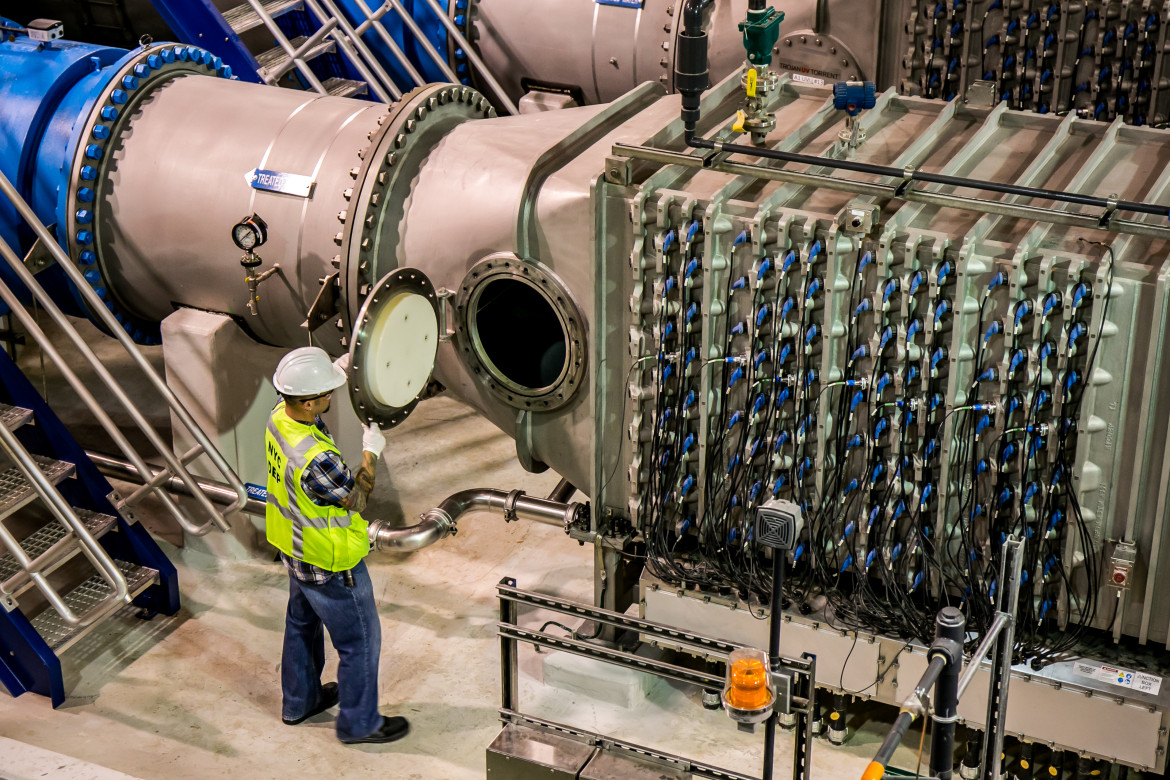Choosing an adequate filter media that works best for our water filtration projects can be a real challenge if we don’t know the characteristics the filter media must have to work efficiently; otherwise, it can negatively impact our projects’ overall performance and profitability. choose the right filter media
There are several factors to consider when choosing the correct filter media for a water treatment process, including:
- Contaminant removal: The filter media should be able to effectively remove the contaminants present in the water. Different filter media are effective at removing different types of contaminants, so it is important to choose a media that is suitable for the specific contaminants that need to be removed.
- Flow rate: The filter media should be able to process water at a sufficient flow rate to meet the needs of the treatment plant.
- Pressure drops: The filter media should have a low pressure drop, which means that it does not require a high pressure to push the water through it. This is important to reduce energy costs and wear and tear on the filter.
- Chemical compatibility: The filter media should be compatible with the chemicals used in the treatment process and should not release any harmful substances into the water.
- Durability: The filter media should be able to withstand the conditions it will be exposed to and should have a long lifespan.
- Cost: The filter media should be cost-effective to purchase and maintain.
- Ease of maintenance: The filter media should be easy to clean and maintain to minimize downtime and ensure that it is operating efficiently.
There are several factors that can impact the efficiency of a granular filter, including:
- Particle size: The filter efficiency is typically higher for larger particles and lower for smaller particles.
- Filter media: The type and size of the filter media can impact the efficiency of the filter. Larger media may be more efficient at removing larger particles, while smaller media may be more efficient at removing smaller particles.
- Flow rate: The flow rate through the filter can impact the efficiency of the filter. Higher flow rates may reduce the efficiency of the filter, while lower flow rates may increase the efficiency.
- Water quality: The quality of the water being treated can impact the efficiency of the filter. Water with higher levels of contaminants may be more difficult to treat and may reduce the efficiency of the filter.
- Maintenance: Proper maintenance of the filter can help to maintain its efficiency. This may include cleaning or replacing the filter media when necessary.
Overall, the efficiency of a granular filter will depend on a combination of these factors, and it may be necessary to adjust the filter design or operating conditions to optimize the efficiency of the filter for specific water treatment applications.
To know about specific facts in choosing the right granular filter for your need, go here: https://zeomediafilter.com/en/granular-filter-media/
Zeomedia is the only highly efficient zeolite-based filter media that has been chemically cleaned to optimize its quality and performance.
It generates 60% less waste of water and energy in backwashes per year and up to 50% better filtration quality.
It can increase the production capacity of an existing plant by at least 30% or reduce the number and sizes of filters required per project by half.
Let's talk...
Tel: +52 81 3849 5959
Email: sales@zeomediafilter.com
We are the only company in Mexico with NSF certification to help you reach the new regulations and parameters marked by the new NOM 127 in the water treatment process.
To know more about what type of filter you need, don’t hesitate and contact us. Let us help you choose the right filter media regarding your needs.





